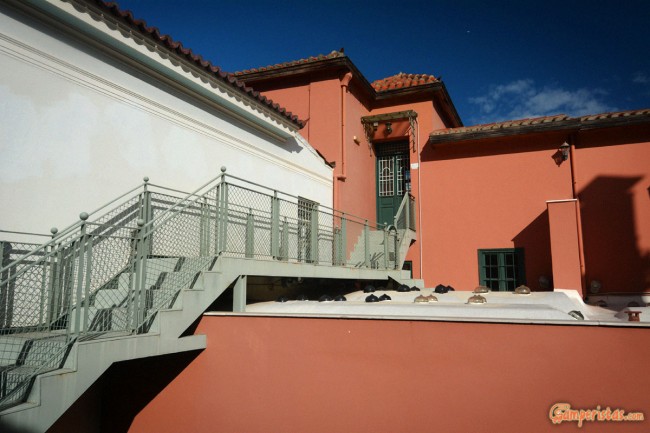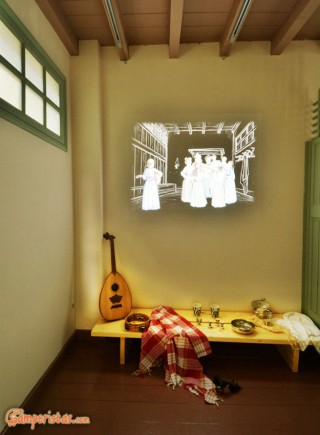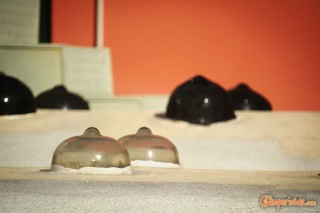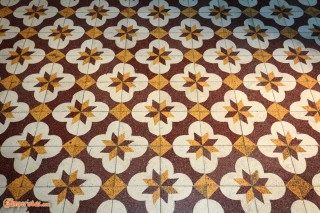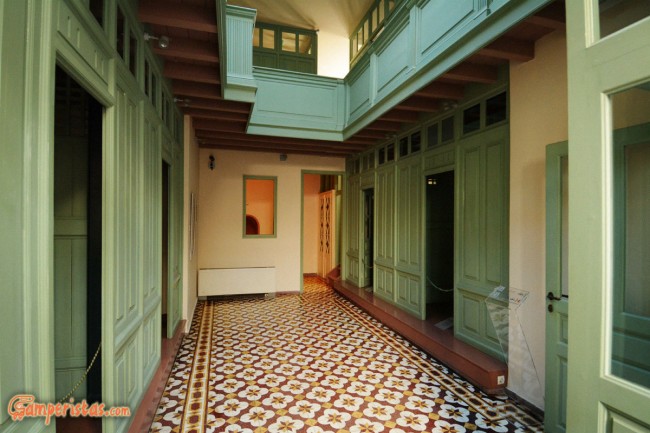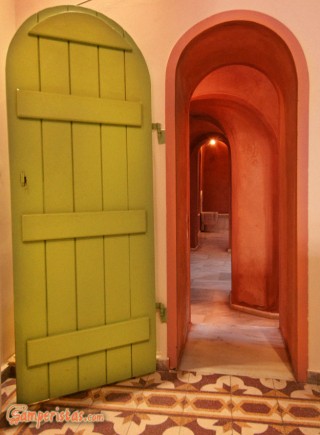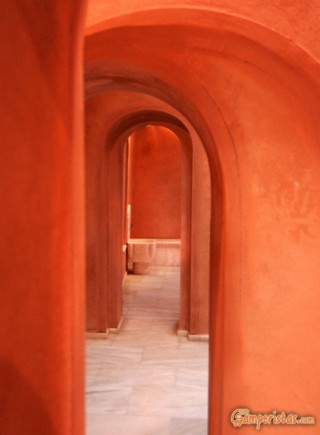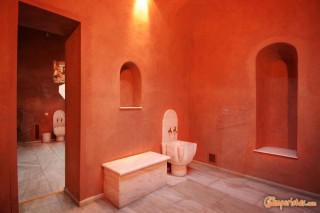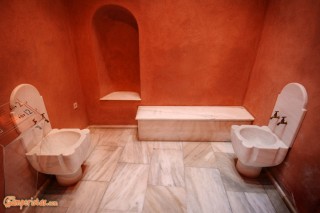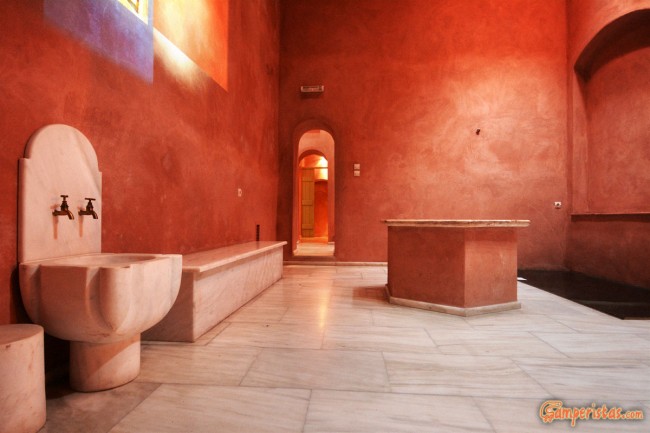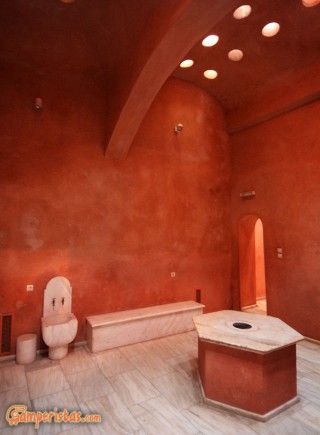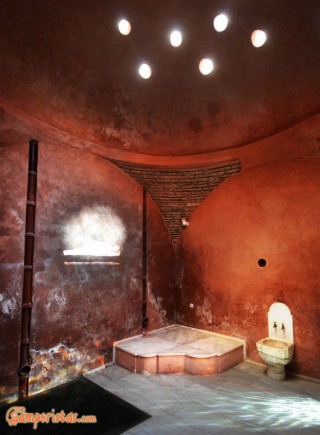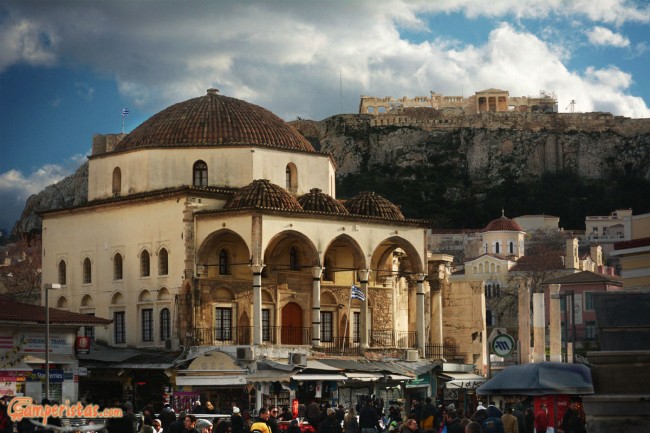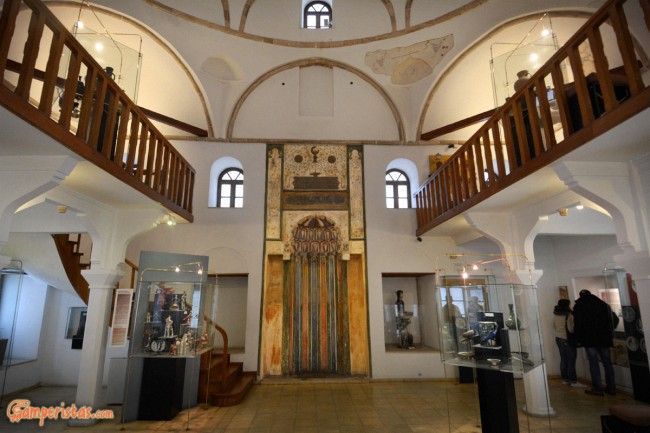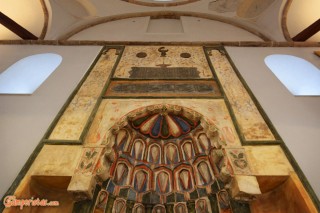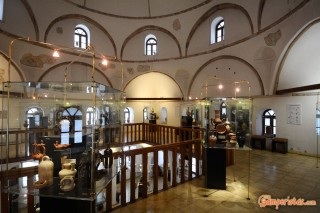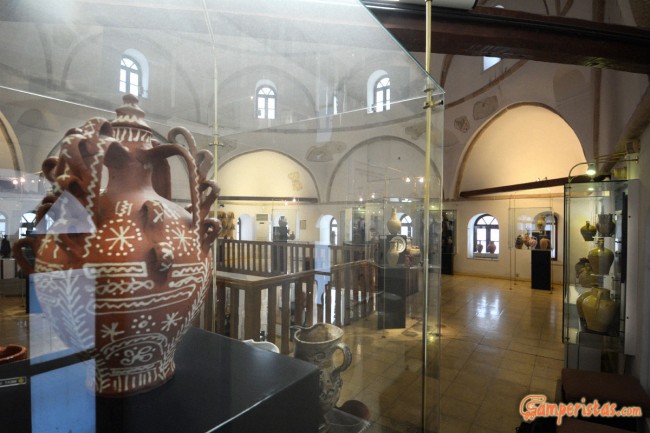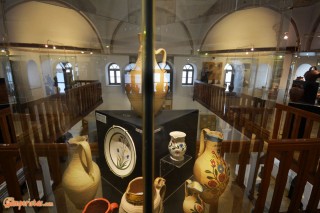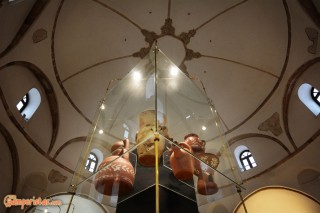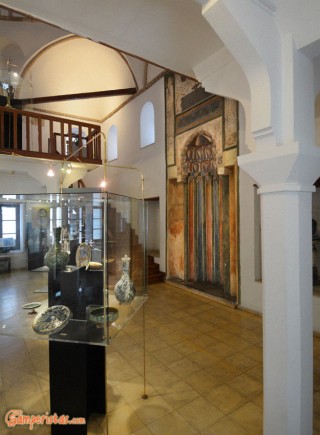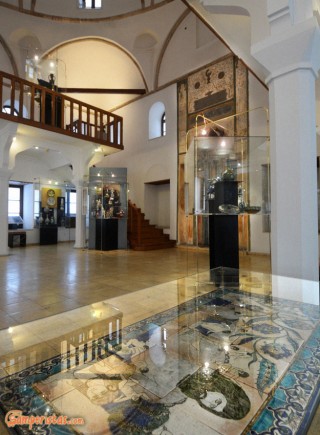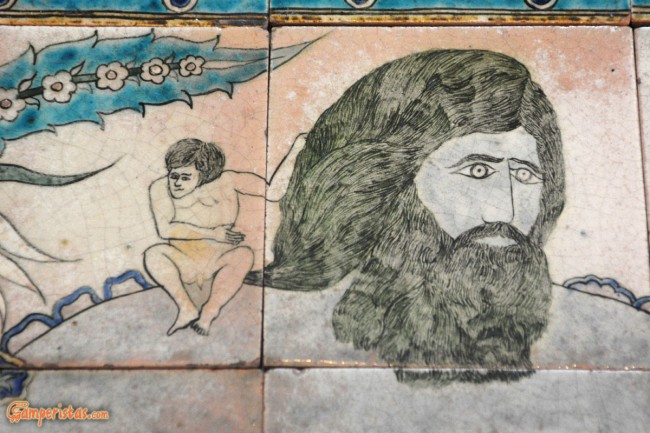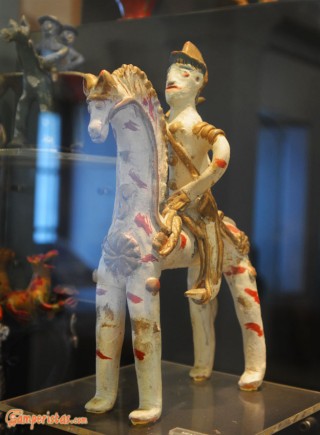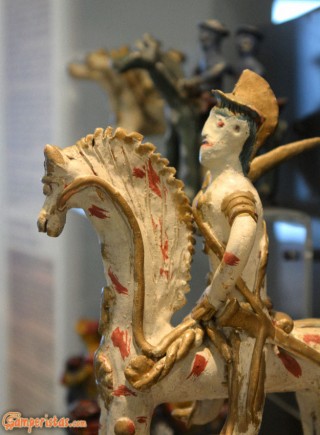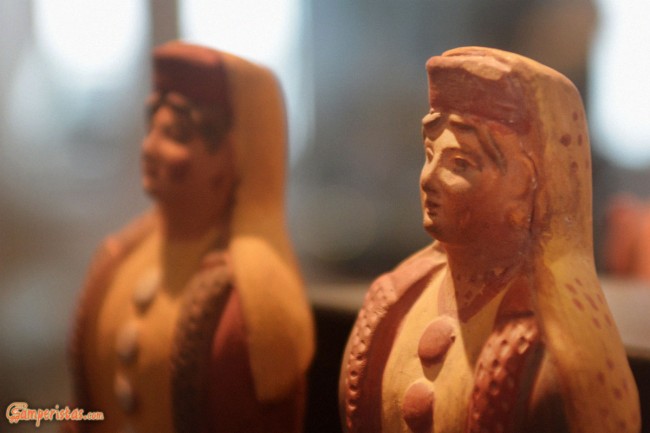
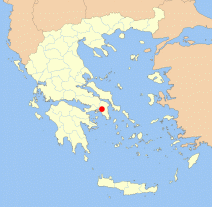 When we talk about museums in Athens, our mind goes directly to white marble statues, golden jewelry and bronze artifacts. If you are an archeology fan, get ready for quite a few kilometers of walking through the vestiges of the glorious past. But what if you are not? In this case you might consider visiting one (or maybe more) of the four museums dedicated to the Greek Folk Art, all located in the old district of Plaka. They are definitely not crowded!
When we talk about museums in Athens, our mind goes directly to white marble statues, golden jewelry and bronze artifacts. If you are an archeology fan, get ready for quite a few kilometers of walking through the vestiges of the glorious past. But what if you are not? In this case you might consider visiting one (or maybe more) of the four museums dedicated to the Greek Folk Art, all located in the old district of Plaka. They are definitely not crowded!
[sam id=”7″]
As a matter of fact, at the time of writing the Museum of Greek Folk Art is undergoing a major renovation and expansion. The ‘new’ building, always in the Plaka district, will be ready at the end of 2015. The relocation has affected mainly the central building at Kydathinaion street This section, hosting the museum’s permanent exhibitions, is already semi-closed.
Hopefully, the best part of the museum complex, the Tzisdaraki Mosque and the Bath House of the Winds are instead open and I think that they are worth a visit, if not for the exhibits at least for the buildings interior. They are two of the few remaining examples of Athens’ Islamic architecture. It’s true that the remnants of the Turkish rule are swept away in Athens while in Northern Greece several Ottoman monuments are well-preserved.
Let’s start with the Bath House or Hammam of Abid Efenti as it was called by the Ottomans. It is located close to the Tower of the Winds (in Greek known as Aerides) at 8 Kyrrestou str next to the Roman Agora. The hammam was opened some five centuries ago and it functioned without interruption until 1965! You can imagine the countless number of people, both men and women who cleaned their body here and felt relaxed and de-stressed. For the women in particular it was a place of social gathering and leisure. It still is a site where good vibrations and positive energy abound.
Don’t miss the exterior of the Baths best viewed from Lysiou street. (photos above)
According to the museum’s brochure, it is dedicated to the historical views of body cleanliness, care and beautification but the truth is that there are no other exhibits apart some tools and music instruments. The real exhibit here is the labyrinth-style structure of the baths. If you are not familiar with the interior of an historic hammam it is worth the visit. If you already know what it is about, you won’t see anything new. In any case don’t let the bad smell at the entrance to discourage you; it is limited to the reception area. The ticket costs 2 euro (1 euro the reduced, for people aged over 65).
The Tzisdaraki Mosque which today hosts a traditional pottery collection is located at Monastiraki square just off the metro station. As Monastiraki square is the typical Athenian meeting place and the reference point for all tourist trails, practically there is no possibility to visit Athens without passing by the Mosque.
The majority of the tourists take a picture of it, because it is quite impressive with the Parthenon in the background. The question is: is it worth to get inside (and paying the 2 euro ticket/1 euro reduced)? Yes and no. No if you wait to see a mosque’s interior as nothing is left of this once place of worship except the mihrab. The Mosque was built in 1759 and few decades later the Greeks were liberated from the Turks.
Yes, if you are interested in traditional pottery. In this case you’ll see some fine examples of local ceramic art dating from the early 20th century to 1970. The exhibits on the ground floor are mainly decorative while in the gallery (upper floor) are displayed tools and utensils from all over the Greece.
Don’t miss the work of Demetris Mygdalinos, a refugee from the Dardanelles area who manufactured strange but very powerful children toys.
[sam id=”7″]

